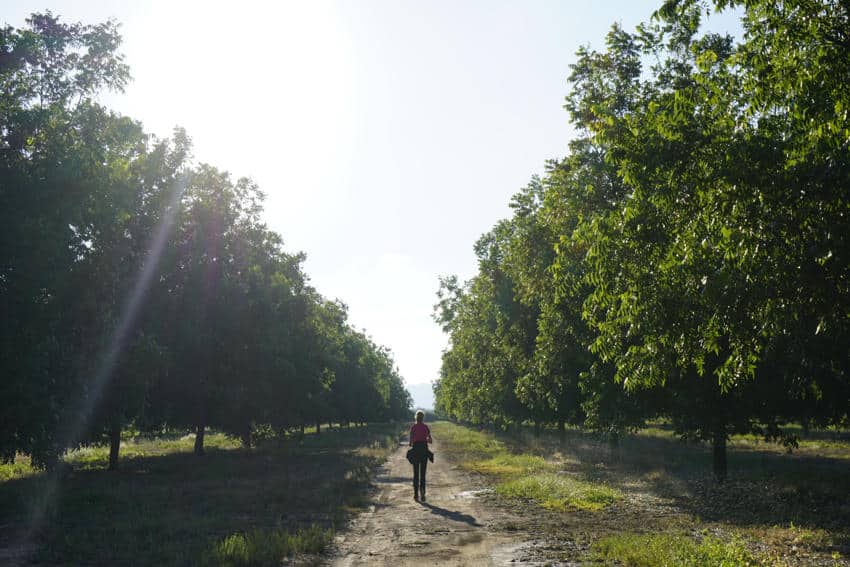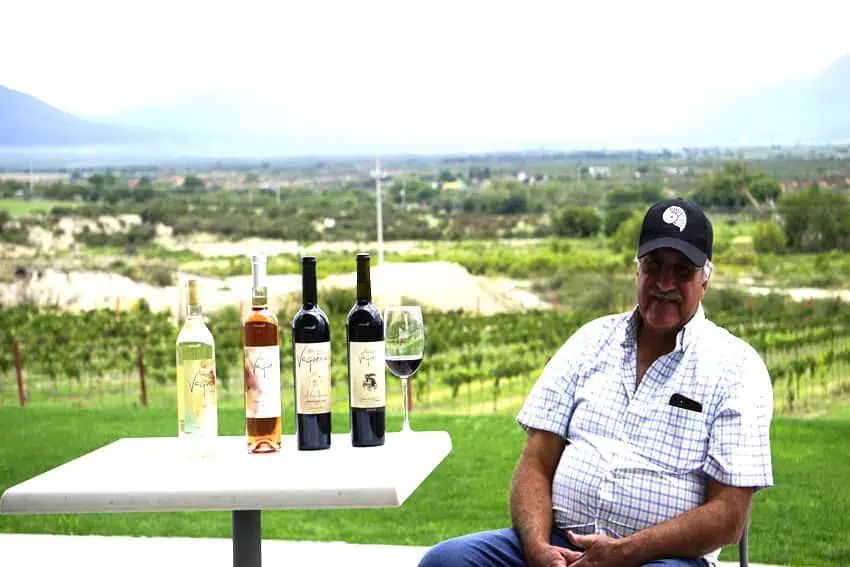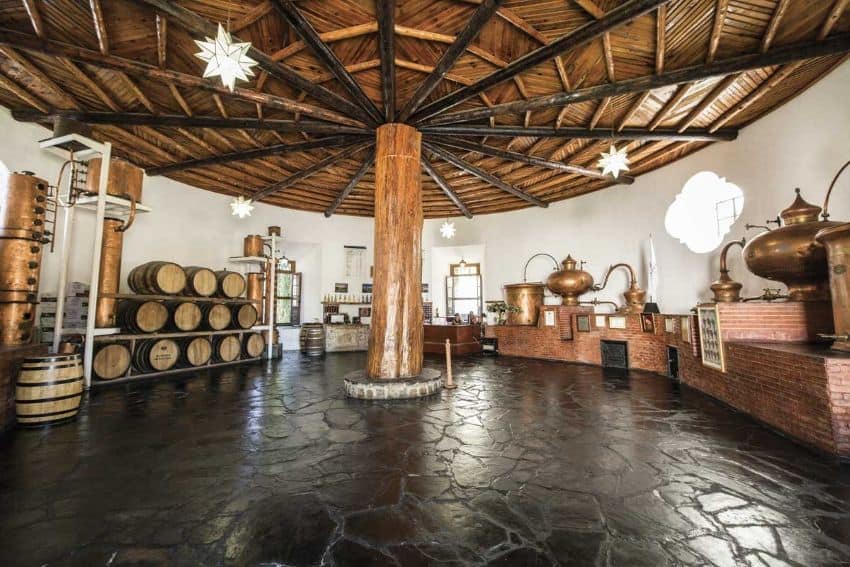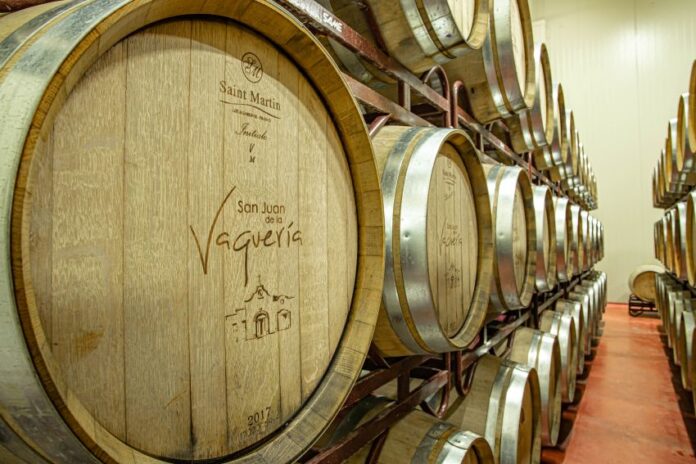Although you may know places like Baja California and Guanajuato as Mexican winemaking powerhouses, Coahuila’s winemaking history is stellar. Not only is it getting increasing recognition, it’s also expanding at an impressive rate.
Considered the place where winemaking began in the Americas at the end of the 16th century, Coahuila’s winemaking region is Parras de la Fuente (Vines of the Fountain) — named for the pre-Columbian grapes found growing in the area when the Spanish arrived.

The Spanish colonists found the grapes unsuitable for wine, but their presence demonstrated that the local environment could support grape-growing and encouraged them to plant Vitis vinifera, wine-producing grapes. Initially, the Spanish grew misión grapes. The adaptation successful, they began testing other varieties.
In more recent years, thanks to technological advances, the improvement in yield and quality in this region has been notable, and today, this region’s production is already recognized worldwide. It currently has nine winemaking areas, a total of 29 operating wineries and more than 20 wineries in the works.
In other words, Coahuila’s wine region is a monster awakening.
While you may not have heard of its wines, Coahuila is the second largest wine producer in Mexico, with more than 100 brands on the market. And it aims to become the country’s leading wine producer under a Vinos de Coahuila (Coahuila Wines) designation, which is awaiting Protected Geographical Indication (PGI) recognition by the European Union later this year.
Coahuila’s southeast
In the southeast, you’ll find Parras and other wine production areas: General Cepeda, Ramos Arizpe, Saltillo and Arteaga. This region is the state’s largest production area, as well as its best-known. The environment is a semi-desert, with little rainfall and extreme day-night temperature differences, ideal conditions for vine development.

In this region, south of the city of Saltillo, is one of the most prominent wineries, San Juan de la Vaquería, whose high-quality wines left me with the best taste in my mouth this year. With the town of San Juan de la Vaquería dating back to the 16th and early 17th centuries, it’s possibly Coahuila’s oldest wine-producing site.
Its climate is semi-desert, with hot days and cool nights, and the average altitude is 1,800 meters above sea level, ideal for growing grapes.
The Aguirre family, owners of the winery, has been here for four generations. In 2008, they began their winemaking adventure, encouraged by Jose Milmo, a well-known regional businessman and former owner of the Casa Madero winery, which we’ll discuss later. The Aguirres have plans to expand their 20-hectare plantings to 40 more hectares and incorporate walnut trees and other crops onto the estate.
The Aguirre patriarch, Gerardo Aguirre Flores, a professional agricultural engineer, brought the family’s first grafts from France. With his family, he established what is now one of the most interesting wineries in the region.
His son, Gerardo Aguirre Lobo, also an engineer, selects their vines from France and has over time increased the winery’s varietals to include Cabernet Sauvignon, Cabernet Franc, Malbec, Merlot, Petit Verdot and Syrah, as well as white varieties such as Verdejo and Chardonnay. Gerardo Jr., the family winery’s third-generation member, is in charge of winemaking.
Meanwhile, Gerardo’s daughter, architect Sofía Elena Aguirre Lobo, handles the business’ marketing side. She also used her architectural knowledge in the winery’s construction, so that its design evokes a nearby fossil site. A place worth visiting.
The reds are powerful yet refined. The family’s blend of Cabernet Sauvignon and Merlot is popularly known here as “the house wine” for having won over local palates, and has received international acclaim as well. It spends 12 months in French and American oak barrels, which softens the natural potency of the young grapes. There are other reds, but this one is iconic.
Their rosé wine, made with Cabernet Sauvignon and Malbec grapes, is very balanced, full-bodied and yet smooth on the palate — fruity and with good acidity. Among the whites, the Verdejo stands out, the only grape variety imported from Spain instead of France.
The cuisine here is equally important. In addition to having chef Ana Carmen, another of the siblings, in the family, San Juan de la Vaquería has sought out expert advice in setting up the winery’s restaurant, which pairs their wines with Mexican dishes and regional cheeses. Coahuila has its own cheese route in and around the General Cepeda region, that has been producing cheese for generations.
The region is also known for its cattle and goat farming. For this reason, the meat of both animals is part of the state’s tradition. A cheese platter of Cotija, enchilado and goat cheeses accompanied by walnuts from their harvest is a must.
Pairings are based on Mexican dishes. Burritos, typical of northern Mexico, are accompanied by the rosé or house wine.

Casa Madero
Casa Madero has been a benchmark for quality, exportable wine for years. It is the oldest winery in the Americas, founded in 1597. Although production onsite has not been continuous throughout history — it produced brandy at one time— its overall staying power has earned it the title of oldest winery on the continent.
Its history is linked to the Madero family, from which came former Mexican president Francisco I. Madero.
The winery offers rooms in the Hacienda de San Lorenzo, a beautiful space with a handful of high-ceilinged, large rooms. Its simple yet traditional decor stands out, with large embroidered looms decorating each room.
Other wineries in the area, like Don Leo, also stand out. Don Leo is notable for its kosher production.
Rivero González, whose wines are synonymous with quality, is an area with wineries producing whites and rosés., But undoubtedly, it’s the reds that stand out, thanks to the vineyards’ average altitude of 2,000 meters above sea level, which contributes to the reds’ rich aromas.
Thanks to Coahuila’s unique archeological features, on this region, you’ll find winery tours combined with paleontological sites featuring dinosaur fossils and fossilized marine life.
The Wine-Dino Route offers visits to Valle Colorado, better known as the Valley of the Dinosaurs, and the Desert Museum, where, in addition to fossils, there are relics from the ancient cultures that inhabited the area. It is truly a unique experience.
Diana Serratos studied at Universidad Nacional Autónoma de México (UNAM) and UNCUYO in Mendoza, Argentina, where she lived for over 15 years. She specializes in wines and beverages, teaching aspiring sommeliers at several universities. She conducts courses, tastings and specialized training.
